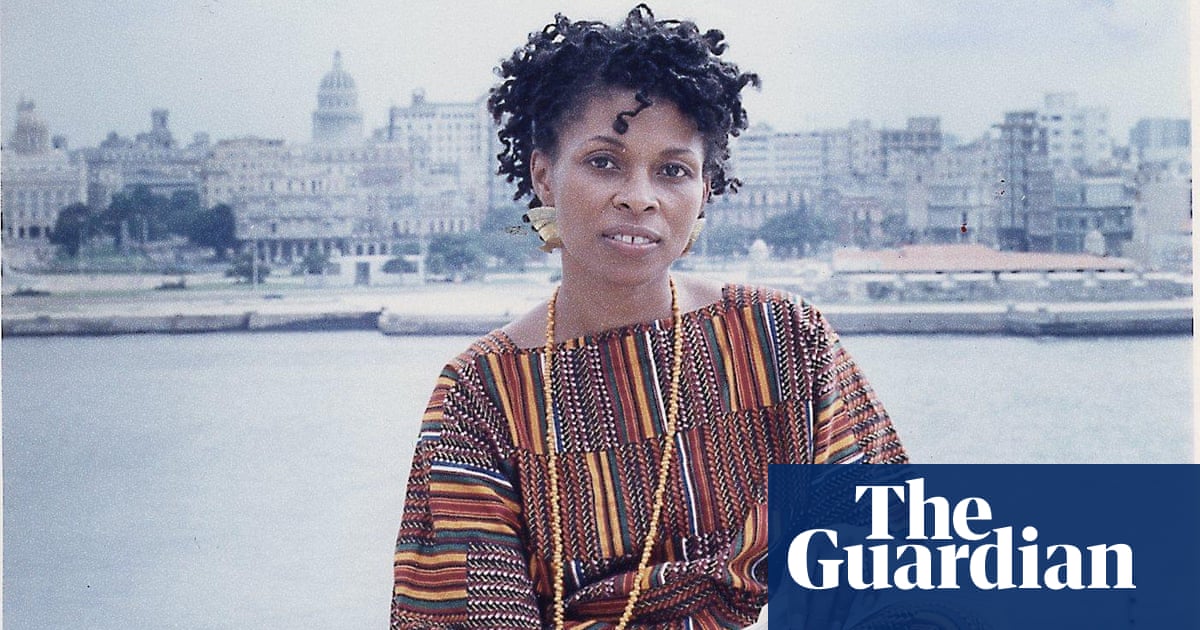Japan is a very special place.
I first visited in 2023 and returned a second time in 2025. For some reason, it evokes a nuanced, confusing wonder in me. It makes me feel new yet old, joyful yet austere, together yet alone.
This is my attempt to make sense of why.

Aesthetics
The first thing that strikes me about Japan is the depth of its aesthetic. Despite the beauty in a Studio Ghibli or Makoto Shinkai animation, I feel now that they fall short of capturing the natural elegance of Japan. There is a tremendous breadth of beauty across nature, architecture, graphic design, and fashion. For better or worse, I think there’s a bias towards physical beauty in the culture.1
How would I describe the aesthetic? It’s quite broad, spanning minimalism, to UwU-かわいい♥,2 to cyberpunk. Japan is a bit like the Galapagos: a cloistered set of islands that enabled unique evolutionary paths and a home for every niche.

If I were to pick what stands out and appeals to me, it would be:
- Design. Things are generally done and made with care and an underlying interally-driven philosophy.3 Quality is key because your work is imbued with your spirit and objects are imbued with 神.
- Austerity. The Japanese aren’t big on joy or happiness as the peak experience. The ideals feel closer to something like “continuous striving through hardship” - like you should generally have something you’re applying yourself to in a very committed, monastic way.4
- Legibility. Things generally don’t attempt to smack you in the face with their presence. They’re kept lowkey, like the bar tucked away in the alley with no signage. Things don’t want to be found, or rather, only want to be found by the right people given the right effort. Things want to be chosen. Nuanced design elements like texture, gradient, or drape are emphasized.

Craft
Made in Japan still hits these days despite many excellent products now being made in China5 or Korea. I think Japan maintains a unique aesthetic of personal craft, whereas other countries like China have an aesthetic of scaled craft.
What I mean by this distinction is that personal craft reveres the craftsman who handmakes the thing using 40 years of experience and intuition. Scaled craft reveres the automated process that manufactures 10M widgets a day with nine-9s to spec. Personal craft creates goods that are distinctly human. Scaled craft creates good that are distinctly technological. It’s perhaps strange, but I feel more soul in a handmade leather wallet than the newest chip made on the 2nm process6, though the latter is assuredly more important.
Craft in Japan feels like an expression of idealism rather than being driven by practical purposefulness. The product is just an ends to support the means - the practice itself is the goal. I think I’m an idealist and practioner at heart, so this speaks to me.
I don’t think any other country or culture has quite the density of craftsmen or veneration of craft as Japan does. Walking through the streets and seeing them at work inspires you to care more. To make something wonderful and put it out there.

Harmony
Japan has a deep sense of harmony in how society operates. Probably the most important concept in Japanese culture is called 迷惑 (mei-waku), which roughly translates to annoyance or disturbance. You don’t talk on the train because it’s 迷惑. You don’t litter because it’s 迷惑. You don’t think about your order last-second and hold up the line because it’s 迷惑.
When you notice and participate in these simple courtesies, day-by-day, you slowly accumulate a profound sense of togetherness. Like everyone is on the lookout for one another. Like your small actions are contributing to a better world.

Age
In Japan, age is really just a number. I can’t count the number of times I was hiking up some mountain path, huffing & puffing, only to be overtaken by a group of grannies.7
Elders are out-and-about doing all sorts of things. That could be DJ-ing at 90, running the family restaurant at 101, or leading your local run club at 87. Walking around various cities, elders are hanging out with their friends. At the park, at the mall, at the cafe. They feel very alive - and not out of things to do.
I reflect on this, having felt somewhat behind in life for many years after switching careers, moving cities. Seeing their lives, what I feel a striking sense of is that it’s never too late to do something.

Running
While the most popular sport in Japan is technically baseball, I think running is the people’s sport. Or rather, it’s maybe not a sport at all - it’s an expression of cultural ideals. The Hakone ekiden (a type of relay race) has taken place every new year since 1920 on Jan 2 and 3, with around 50% of the country tuning in.8 It’s the third part of a set of new year traditions, after visiting the first shrine and eating the first feast of the year.
I’ve previously reflected on running and I think it clearly expresses the cultural ideal of “continual striving”. As to the Japanese, running to me isn’t merely a sport, it’s an expression of ideology or values. It’s a form of prayer.

There is a kind of beauty found at ease and a kind of beauty found in effort. There are things you can only learn at ease and things you can only learn in effort. I think there are personality differences that cause people to mostly respond to one or the other.
Perhaps it’s the experience of being at the other side of the Earth that helps you figure out where you land. And perhaps it’s that Japan, a cloister of islands where niches take refuge, also helps you discover your own.

.png)




